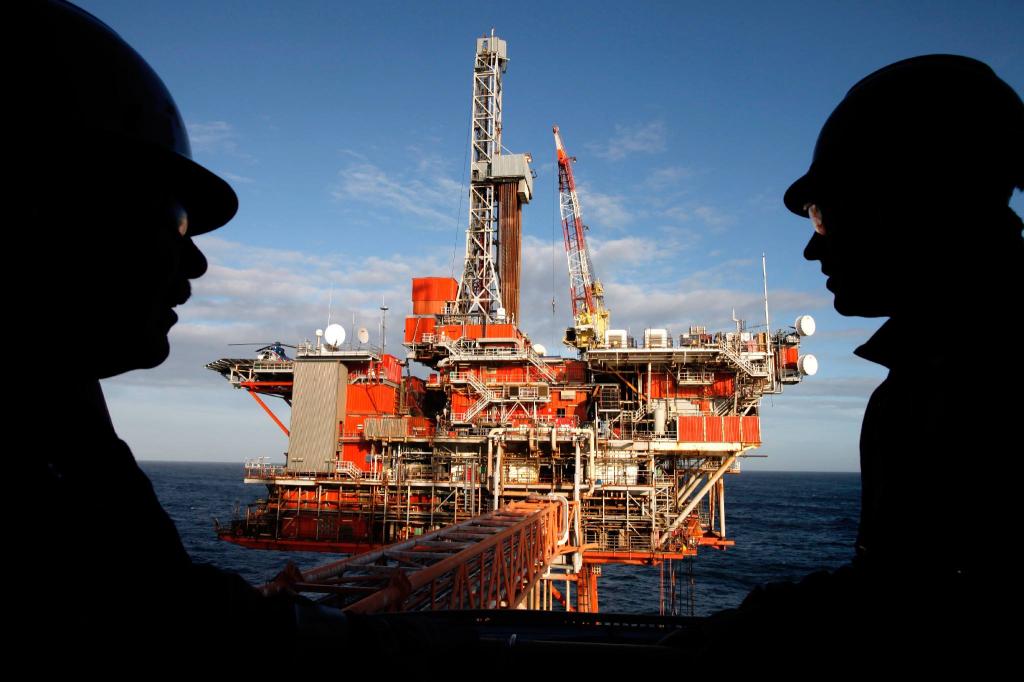Iran needs new investments to boost its subpar oil/gas production and processing capacity and reassert itself on the international energy landscape after years of sanctions that undermined its energy sector, an official at Iran Chamber Of Commerce, Industries, Mines and Agriculture said.
"Iran has 157 billion barrels of recoverable oil. Regrettably, 85 billion barrels are located in the joint fields and our neighbors have reaped billions of dollars from Iran's potential oil and gas reserves over the years," Hamid Hosseini, a member of ICCIMA said, ILNA reported.
Tehran has prioritized the development of joint fields to make up for limited investment in upstream oil and gas projects following the easing of international restrictions in January that undermined its oil and gas industry.
"Oil and gas sector is the vanguard of Iran's economy and we need to tap into this huge potential to be able to ease the recession," Hosseini stressed. Iran shares 28 oil and gas fields, mainly with Saudi Arabia, Iraq and Qatar.
However, Iran is far behind its Persian Gulf Arab neighbors in all the joint fields, according to Hossein Afarideh, head of the oil, gas and petrochemical research center at Iran's Amirkabir University of Technology. He says Tehran's slow pace in tapping into the shared oil and gas reserves translates into losing an estimated $17 billion a year to rival producers.
Crude oil production now is 3.6 million barrels a day, up from around 2.5 million bpd when sanctions were in place. Saudi Arabia and Iraq, OPEC's leading producers, have boosted daily output to 10.6 million bpd and 4.6 million barrels.
The country also produces around 450 million cubic meters per day of natural gas from South Pars, the world's largest gas field it shares with Qatar. Iran hopes to match Qatar's gas output by the end of 2017.
Refining Outlook
Hosseini added that Iran should increase its oil refining capacity by more than 60% to 5 million bpd by 2026.
"Iran's crude refining capacity is 1.8 million barrels per day, or 1.8% of the world's total crude processing capacity of 100 million barrels a day."
The world's online capacity to refine oil into fuels like gasoline, diesel or jet and shipping fuel exceeded 101 million bpd in August, the highest on record, and up from about 97.25 million bpd in March, data provided by Reuters showed.
Iran aims to become a gasoline exporter once its Persian Gulf Star Refinery in the southern port city of Bandar Abbas—touted as the largest refinery project in the Persian Gulf—comes on stream in 2017.
Daily gasoline production is close to 60 million liters. Iranians on average burned 73 million liters of gasoline per day over the past six months. Iran also has to improve its production and sales in the petrochemical industry despite sitting on some of the world's richest hydrocarbon resources.
"Annual petrochemical production capacity is more than 62 million tons. More than 25 million tons of petrochemicals, worth $20 billion, are sold annually in domestic and overseas markets," Hosseini noted.
Iran's share of the global petrochemical market is roughly 3.8% considering the global market size in 2014 which was said to be worth $514 billion.
The global petrochemical market will grow to $758.3 billion by 2022, according to a forecast by the India-based business consulting firm Grand View Research.


